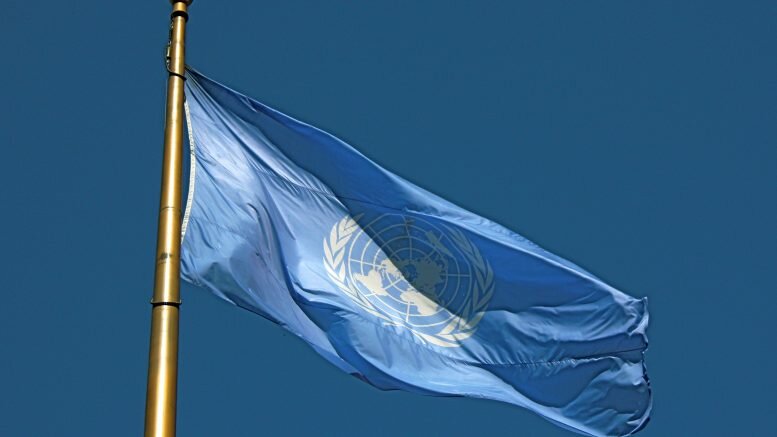Norway is again ranked the best country. At UN overview of countries with the highest development Norway ranks before Australia, Switzerland, Germany and Denmark.
On Monday Norway was named the world’s happiest country in the UN’s World Happiness Report. Tuesday the UN Development Program (UNDP) presented its flagship report for 2016 called “Human development for all”.
The report shows that although human development has had an average increase in all regions between 1990 and 2015, a third of the world’s population are still at a low level of development.
– In spite of 25 years of impressive progress in human development, there are still millions of people who do not take part in the progress, according to the report that shows the Human Development Index (HDI).
Marginalized groups
The most marginalized groups are still outside the global development.
– The gulf between those who make progress and the most vulnerable groups will increase, unless we break down deeply rooted barriers, it cautions.
For Norway the report is gratifying. We are the world’s best country to live in according to the HDI index. Sweden is for example in 14th place.
At the Bottom of the list are Burundi, Burkina Faso, Chad, Niger and last of all – the Central African Republic.
Warns the rich countries
But UNDP also warns rich countries against basking in the glory.
– Poverty and exclusion is a challenge for rich countries too, where the worldwide are 300 million people living in poverty. A third of these are in turn children, the report states.
Even in Norway, there is increasing awareness about class differences. The author Jan Kristoffer Dale has received considerable attention for his debut book where he describes the Norwegian underclass.
Aftenposten published last week research showing that the gap between employed young men from low- and high income families has increased notably since 1992.
Much remains
– The World has come a long way towards eradicating extreme poverty, says UNDP Administrator Helen Clark, in a press release.
– We see better access to education, health and sanitation, and also better opportunities for women and girls.
But poverty and exclusion remains a challenge, especially for the most marginalized groups, Clark emphasizes.
The report’s main author, Selim Jahan, thinks that we put too much emphasis on the national average, which often hides huge variations.
– To make progress, we must do a more thorough analysis of who has been left behind and why, says Jahan.
Women the most vulnerable
UNDP places particular emphasis on women and girls, rural populations, indigenous people, ethnic minorities, migrants, refugees and people with disabilities. These are groups which systematically are left behind.
-These Groups are still systematically excluded because of obstructions that are not only financial, but also political, social and cultural, the report says.
Although the report states that global gender differences are slowly shrinking, women are still the most vulnerable group.
The reason is the long-standing pattern of exclusion and lack of influence.
Source: NTB scanpix / Norway Today




